Prioritize investment in infrastructure, highways and information technology
The three provinces of Lam Dong, Binh Thuan and Dak Nong will merge into a new administrative unit called Lam Dong. The political and administrative center is expected to be located in Da Lat city.
After the merger, Lam Dong province has an area of over 24,233 km2, the largest in the country with a large area, stretching from the highlands to the coast. However, road traffic infrastructure and information technology are still limited, not meeting the requirements for developing the linked region.
To effectively exploit the potential after the merger, Lam Dong province recommends that the Government and central ministries prioritize infrastructure investment, have preferential policies to attract investment, and a decentralized management mechanism suitable to regional characteristics, thereby creating conditions for synchronous and harmonious development.
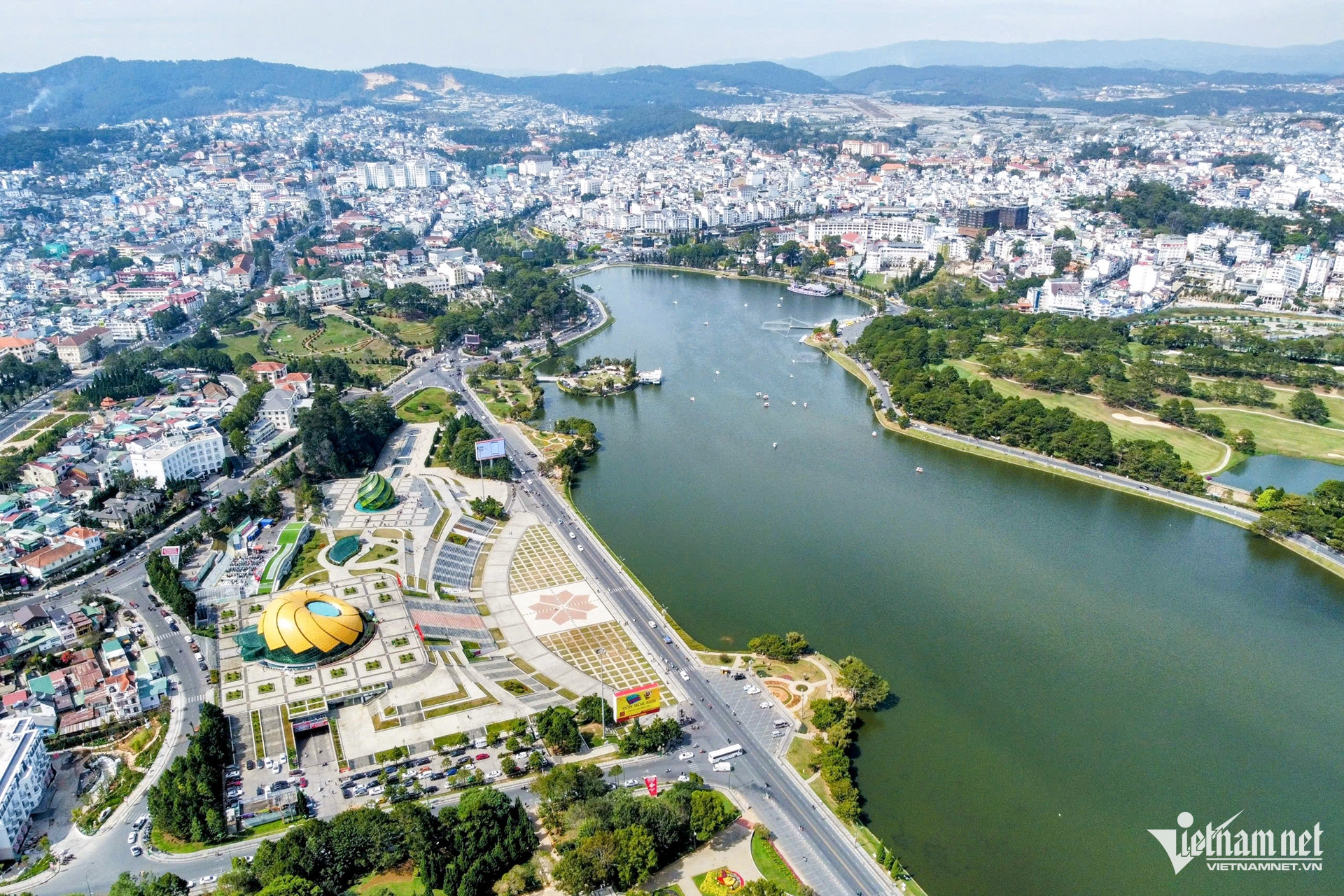
In particular, the province proposed allocating resources to renovate and upgrade key national highways such as National Highway 20, National Highway 27, National Highway 28 and 28B, National Highway 55, to connect key economic regions.
In addition, the locality also believes that priority should be given to speeding up the progress of many expressway projects, including: Dau Giay - Lien Khuong expressway (North - South axis); Nha Trang - Da Lat expressway; Binh Thuan - Dak Nong expressway (East - West axis).
When these highways are completed, they will not only shorten travel time but also expand development space, forming a strategic economic corridor connecting the Central Highlands with the South Central Coast.
In addition, the province also proposed investing in information technology infrastructure systems to serve digital transformation and build e-government. With 124 communes and scattered terrain, developing digital infrastructure is an urgent requirement to improve management efficiency and serve the people.
Proposal to retain 50% of mineral and energy revenues for development
A highlight after the merger is that the new Lam Dong will hold the richest mineral resources in the country, including many rare and valuable types of high economic value.
According to statistics, Lam Dong province currently has over 1 billion tons of bauxite, 380 metal and non-metal ore sites, 7 sapphire sites, and 38 mineral water mines.
Meanwhile, Dak Nong owns about 1.78 billion tons of bauxite, accounting for more than 57% of the total bauxite reserves nationwide.
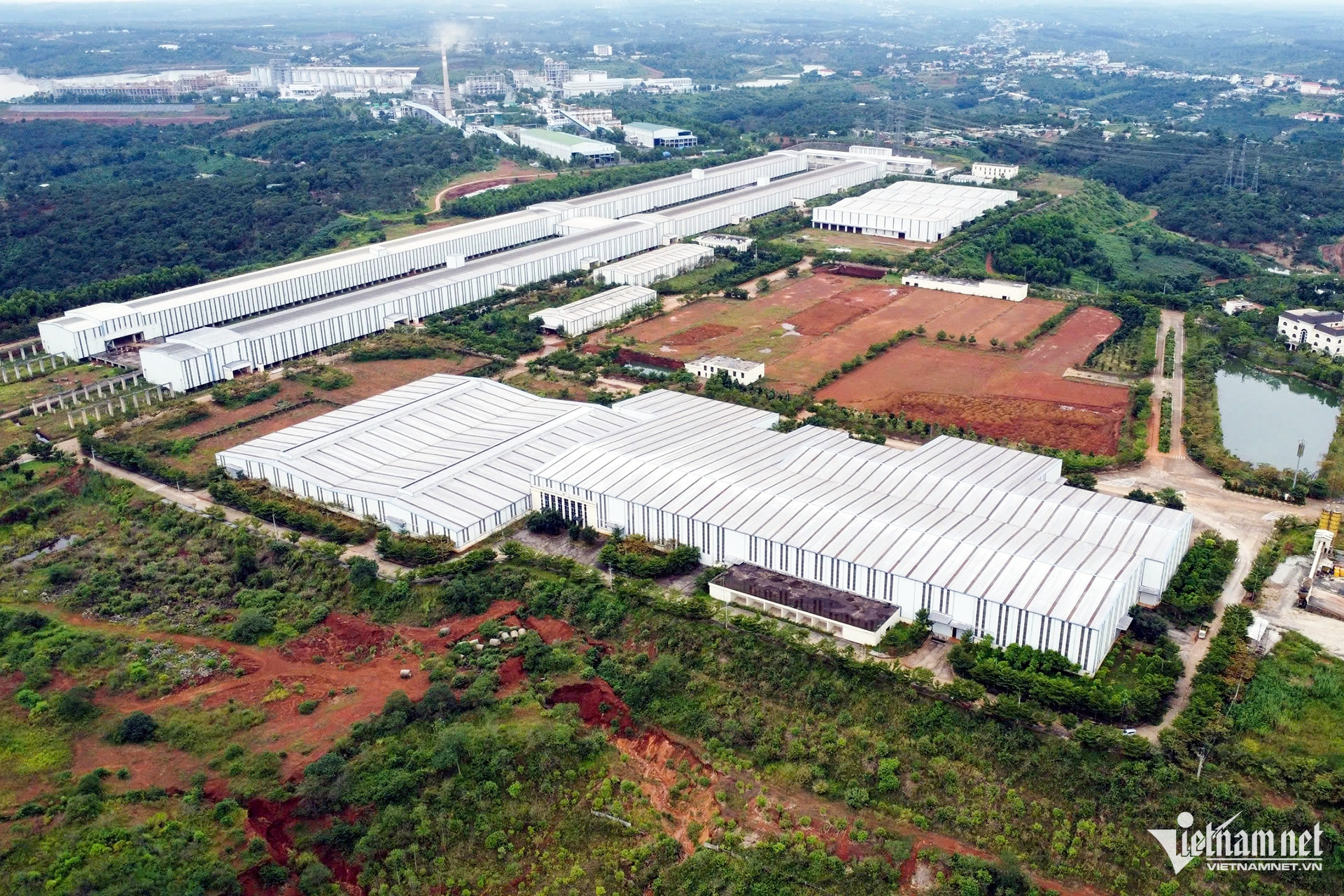
Binh Thuan province is known as the national "titanium granary" with about 599 million tons of titanium placer (accounting for 92% of the country), along with a series of mines of glass sand, bentonite, zircon, tin, gold, and bicarbonate mineral water.
In particular, the offshore area of Binh Thuan has many large oil and gas fields such as Su Tu Den, Su Tu Vang, and Rang Dong, which are being exploited with high output. The government is oriented to build this area into a national oil and gas reserve center in the future.
On that basis, Lam Dong province proposed to retain at least 50% of revenue from minerals and energy to reinvest in transport infrastructure, technology, education and health. This is considered a "special financial mechanism" to create momentum for the locality to develop quickly and sustainably.
If the Central Government agrees with the above recommendations, Lam Dong province after the merger will have the opportunity to become the country's mineral and energy center, as well as a model for green economic development, digital transformation and smart urban areas in the Central Highlands.
With a methodical investment strategy, a specific financial mechanism and a sustainable development orientation, Lam Dong not only promotes its existing "treasure of resources" but also makes a greater contribution to the national budget, creating a new growth momentum for the entire South Central Coast - Central Highlands region.
Source: https://vietnamnet.vn/tinh-co-kho-bau-lon-nhat-nuoc-muon-giu-lai-50-nguon-thu-tu-khoang-san-2401183.html


![[Photo] Determining the pairs in the team semi-finals of the National Table Tennis Championship of Nhan Dan Newspaper](https://vphoto.vietnam.vn/thumb/1200x675/vietnam/resource/IMAGE/2025/5/21/eacbf7ae6a59497e9ae5da8e63d227bf)

![[Photo] Prime Minister Pham Minh Chinh receives Rabbi Yoav Ben Tzur, Israeli Minister of Labor](https://vphoto.vietnam.vn/thumb/1200x675/vietnam/resource/IMAGE/2025/5/21/511bf6664512413ca5a275cbf3fb2f65)
![[Photo] Scientific workshop "Building a socialist model associated with socialist people in Hai Phong city in the period of 2025-2030 and the following years"](https://vphoto.vietnam.vn/thumb/1200x675/vietnam/resource/IMAGE/2025/5/21/5098e06c813243b1bf5670f9dc20ad0a)

![[Photo] Prime Minister Pham Minh Chinh attends the groundbreaking ceremony of Trump International Hung Yen Project](https://vphoto.vietnam.vn/thumb/1200x675/vietnam/resource/IMAGE/2025/5/21/ca84b87a74da4cddb2992a86966284cf)


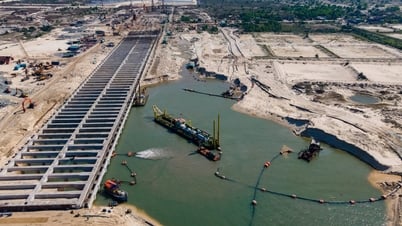


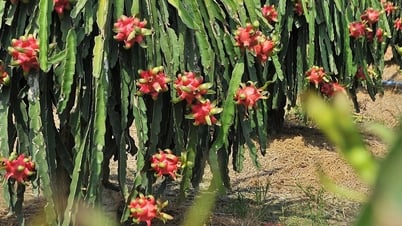
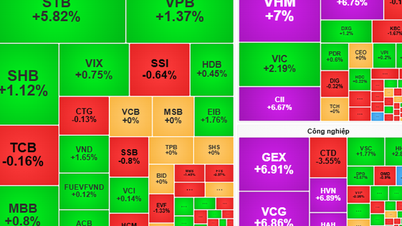















































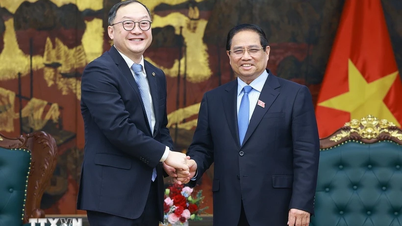






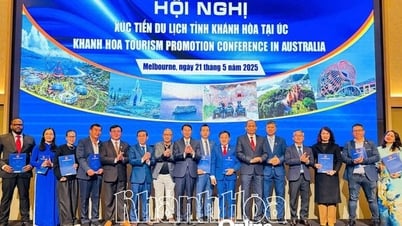




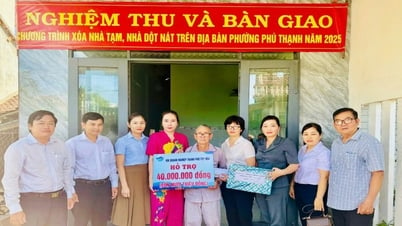





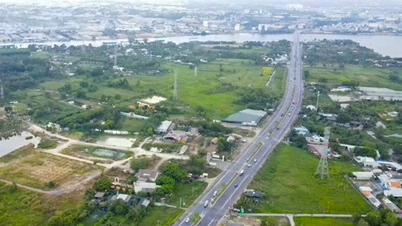














Comment (0)